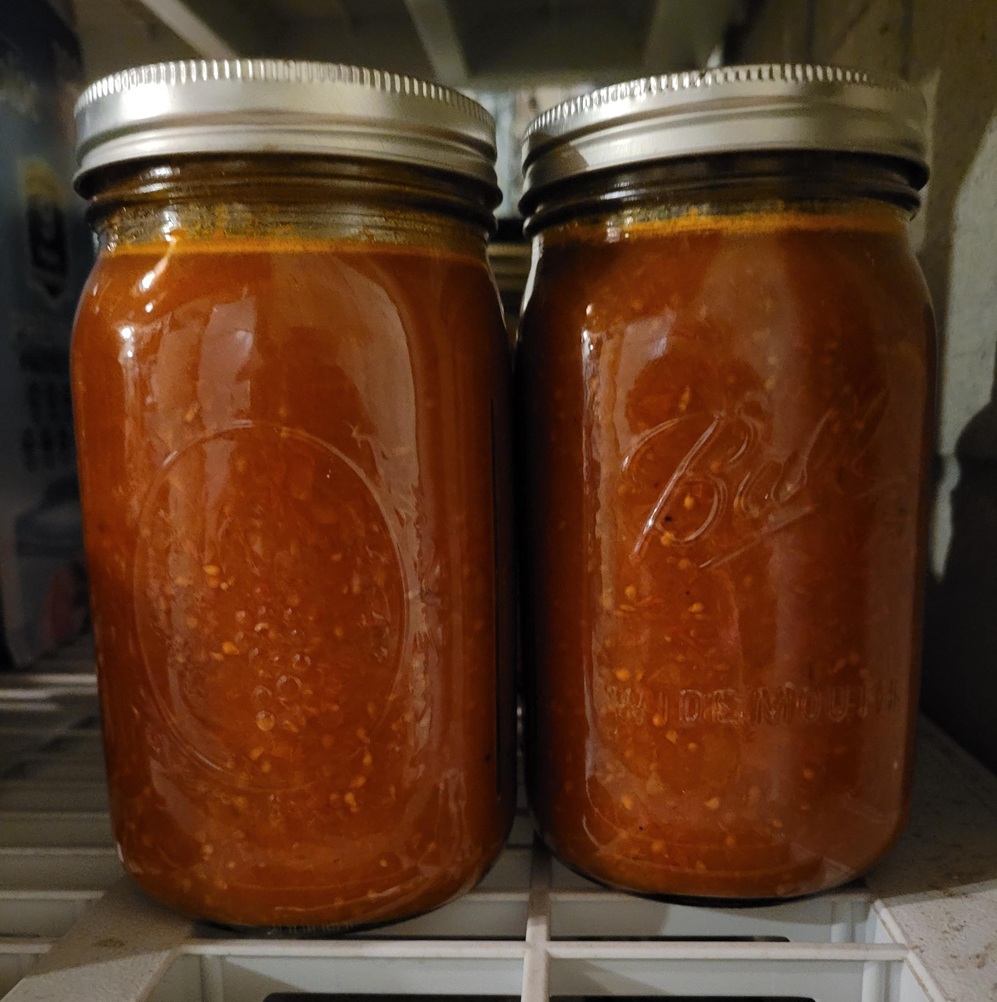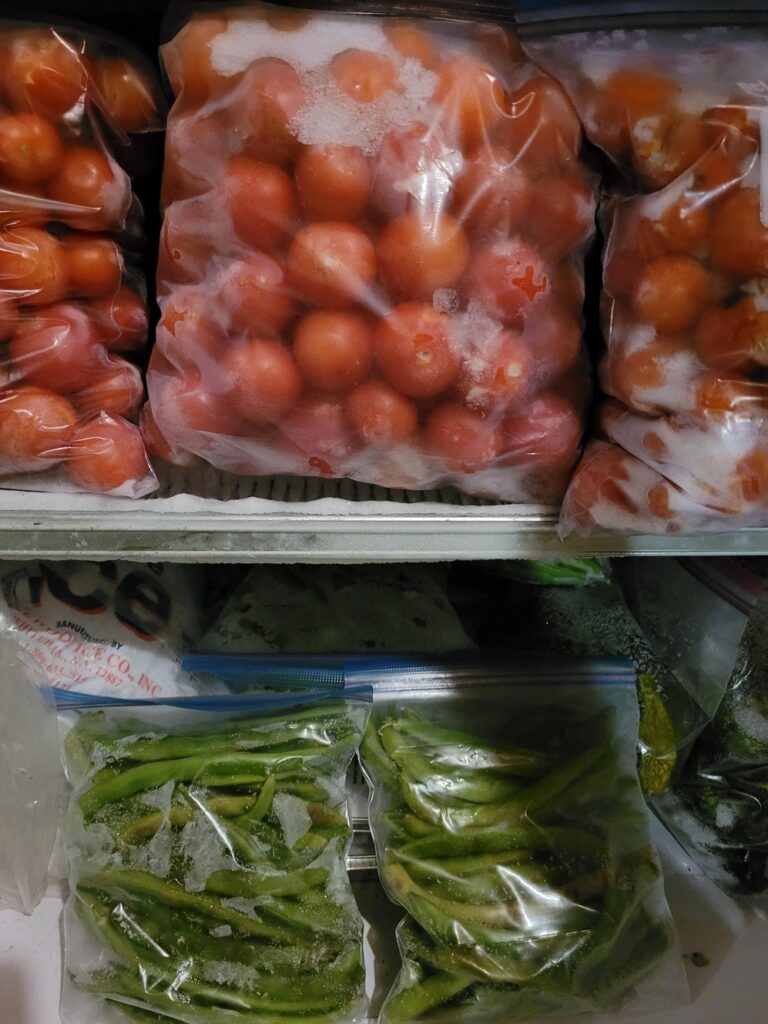In much of the northern hemisphere, the beginning of fall is harvest-time. Farmers’ markets and grocery stores overflow with bushels of tomatoes, crates of squash, baskets of apples, and bins of peppers, carrots, and beans. For consumers, this abundance means lower prices. It’s a great time to stock up, but you’ll need a plan to preserve what will spoil otherwise.
Preserving produce isn’t just a matter of stuffing vegetables into jars or bags. There are different methods, and the one you select will affect the longevity and quality of preserved items. Canning and freezing are the most common approaches. Whether you live in a city apartment, a suburban home, or out in the countryside, you can make the right choice when it comes to fall preserving.
Canning
Canning is the process of putting food into cans or jars, heating it to a temperature that destroys microorganisms, and sealing it in an airtight environment. There are two main processes:
- Water bath canning – Use this for high-acid foods like tomatoes. The acidity prevents the growth of dangerous bacteria like Clostridium botulinum.
- Pressure canning – Use this for low-acid foods like carrots and beans. It raises the temperature above boiling and destroys bacterial spores.
The main advantage of canning is that you get shelf-stable foods that don’t require refrigeration. You won’t need to buy a bigger freezer or pay more for electricity. If the power fails during a winter storm, you won’t have to worry about spoilage either. Plus, while you’re canning, you can get creative and make flavored syrups, relishes, chutneys, or pickled relishes.
There are some downsides to canning, however. For starters, you’ll need to buy glass jars (or metal cans) along with metal lids and either a water bath canner or a pressure canner. The process is labor-intensive, and you must follow it precisely. Listen for a pop from the lid of a canning jar as it cools. That means air inside the jar is escaping and a vacuum seal is forming.
With canning, there’s the risk of botulism, a potentially fatal illness caused by Clostridium botulinum. You can’t see, smell, or test the neurotoxin that causes botulism, but you can avoid eating from cans or jars that have physical signs such as leaks or bulges. Lids that aren’t sealed, or contents that spurt or fizz when opened are also telltale signs. Discard these food items right away.
Freezing
Freezing is faster and simpler than canning. Most produce can be frozen directly, though it’s often recommended to blanch vegetables first. Put your items in a boiling pot of water and then plunge them into cold water or an ice batch. Blanching halts enzymatic activity and helps preserve flavor. With tomatoes, blanching also makes it easier to remove their skin for better texture after thawing.
The main advantage of freezing is convenience. Plus, freezer bags and air-tight containers are relatively low-cost. The risk of foodborne illness is generally less than canning and freezing preserves the freshness of food more effectively. That’s especially true for fruits like berries or vegetables like peas and corn, which retain their bright colors and crisp textures after thawing.
The drawbacks of freezing include the need for adequate freezer space and a reliable power supply. In addition, some foods don’t freeze very well. For example, frozen tomatoes lose their firm texture and become watery when thawed. They’re still useful for sauces, but they won’t look great on a sandwich. Plus, there’s a risk of freezer-burn: dehydration due to moisture loss in a freezer. A deep freezer that retains the proper amount of moisture won’t cause this problem, however.
There is a way to freeze tomatoes, especially smaller ones as shown in the photo above, and other types of produce so that it won’t become frozen together in a clump. With small tomatoes, for example, put them on cookie sheet that you then place in a freezer. After each tomato is individually frozen, put them all together in a freezer bag or food-safe container. This will allow you to use some but not all of the contents for a meal, and without struggling to separate individual items.
With the high price of food these days, Go Natural Education encourages you to consider fall preserving and to select the method that’s best for your budget and lifestyle. Plus, there’s something rewarding about canning and freezing, and you’re probably less likely to waste food that you’ve work hard to process. If you’ve canned or frozen produce before, leave us a comment about your experience. We’d love to hear from you.

